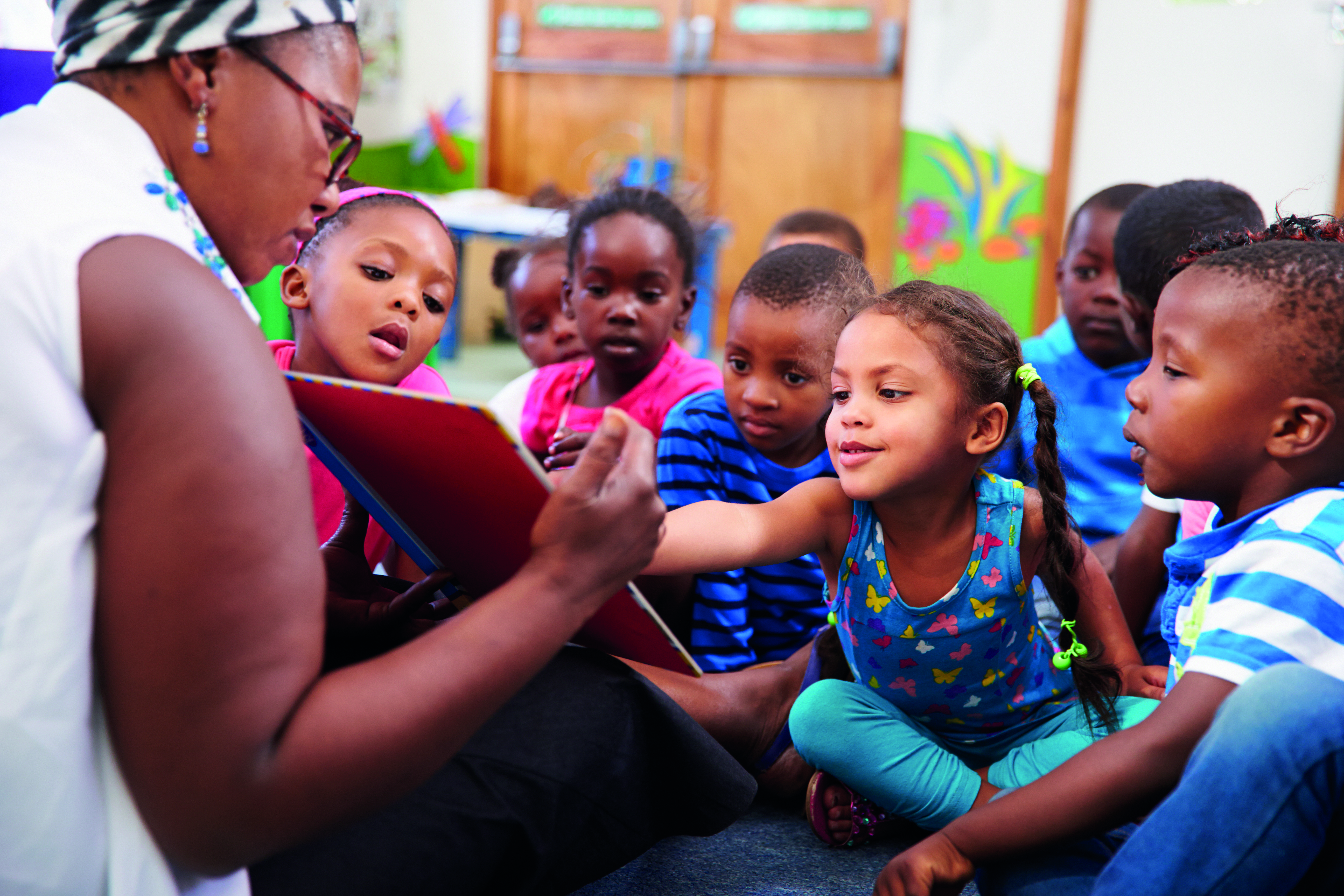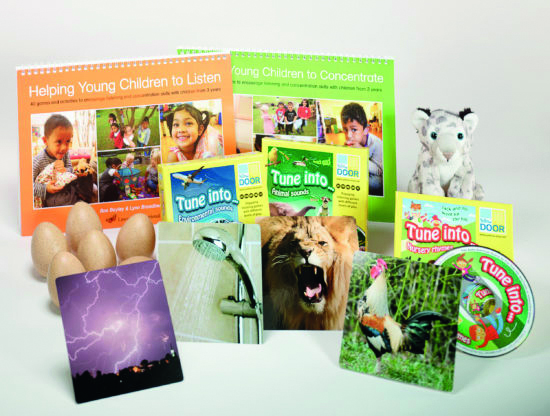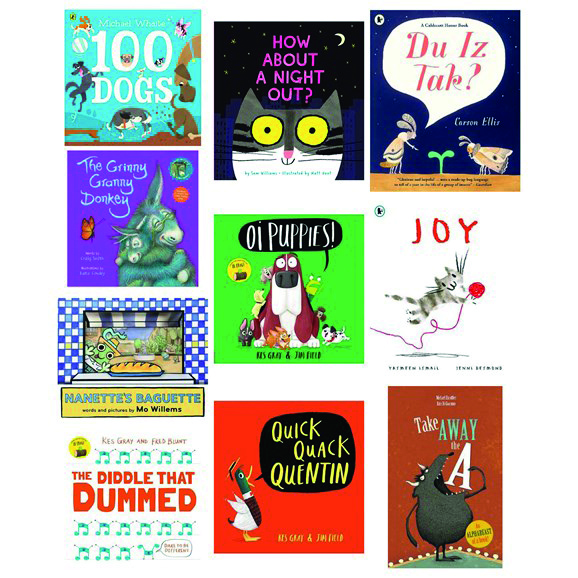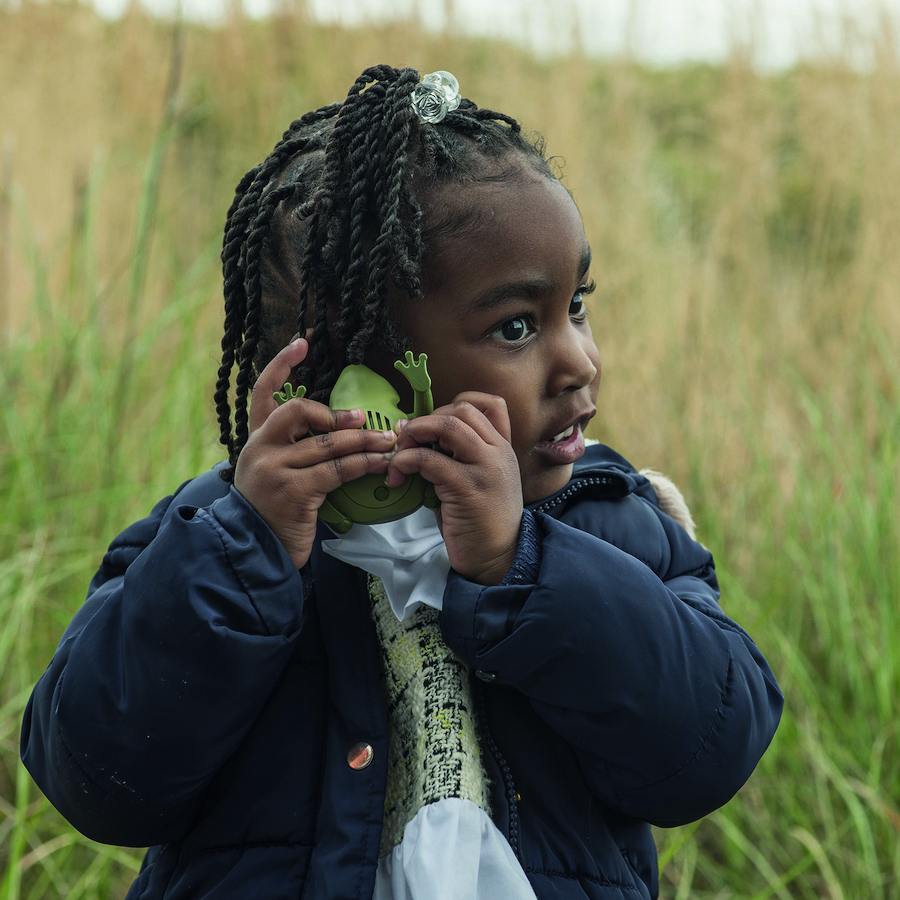
Communication underpins children’s thinking and learning. A prime aim of the revised EYFS is to ‘improve outcomes at age five, particularly in early language and literacy’. But opportunities to enhance children’s early language development have been missed in recent years, due to Covid restrictions and lockdowns. As a result, many children are entering Reception with levels of speech, language and communication that require targeted support, particularly disadvantaged children.
As the learning gap continues to widen between children eligible for free school meals and all children – 4.6 months by the end of the EYFS – early years providers are once again tasked with providing frontline services.
Professor Becky Francis, CEO of the Education Endowment Foundation (EEF), says practitioners are ‘already working hard’ to get early years children’s language and communication development back on track, and the national roll-out of the Nuffield Early Language Intervention will help to bolster their efforts.
However, she adds, ‘It is essential that we ensure they have access to robust research and evidence-informed resources to help them maximise the quality of their provision and improve outcomes.’
PLUGGING THE GAP
Evidence suggests that all the action for social mobility starts in the early years. The EPPSE study, a longitudinal study assessing children’s development, found that attending a high-quality pre-school has an impact on attainment at the end of primary school; higher grades in GCSE English and maths, and a greater likelihood of following an academic pathway post-16, which in turn predicts future lifetime gross earnings.
Speaking at the Nursery WorldShow, Dr Julian Grenier said, ‘All the research tells us that high-quality early years matters. It’s good for all children but disproportionately good for disadvantaged children.’
He is quoted in the past as saying that one of the ‘most powerful things’ we can do to help children’s development is to help them become better communicators.
The Education Endowment Foundation’s (EEF) Early Years Toolkit (EYT) rates communication and language approaches as ‘high impact for very low cost’.
If implemented well, the estimated impact of this, in terms of children’s progress, is six months, which has the potential to make a significant difference considering the gap.
‘If we really focus our attention on understanding the evidence and putting it into practice, we can begin to see how powerful this can be,’ Dr Grenier says.
Rather than prioritising investment into improving the built environment – which the EYT finds has ‘little or no’ evidence of impact on children’s development, once provision is in place, the evidence points towards focusing efforts on providing high-quality professional development.
TARGETED INTERVENTION
Research from a sample of 58 primary schools, undertaken by EEF, found that Covid 19 had a ‘concerning’ impact on children’s language development, with 76 per cent of children starting school in September 2020 needing more support than in previous years.
The Nuffield Early Language Intervention (NELI) programme, funded by the EEF, was launched to readdress this. The results have been positive so far, with more than 90,000 children in Reception classes taking part, who are reportedly making around three months of extra progress in their oral language skills than their peers, according to the Department for Education.
NELI involves scripted individual and small-group language sessions delivered by trained teaching staff to children identified as needing targeted language support. Sessions with the children feature ‘Ted’, the NELI puppet, for games that help them concentrate on their speaking, listening and learning. During the latter half of the programme, phonological awareness and letter-sound knowledge activities are also introduced.
PRACTICE CAN MAKE A DIFFERENCE
Children develop words and phrases and build language through their interactions with others. The revised Development Matters outlines the most effective ways to address the ‘language gap’. It explains how the quality of the conversations that children have with adults and peers throughout the day in a language-rich environment is ‘crucial’.
Commenting on what children are interested in or doing and echoing what they say with new vocabulary goes a long way. But taking time for talk can be challenging in busy, free-flow play environments, especially when children need a lot of support and care. Which is why the role of the key person is so important because it gives children the emotional support they need when settling in, and allows the child to open up.
Dr Grenier says, ‘Approaches that focus on improving communication are actually more powerful in improving children’s wellbeing than interventions that focus on children’s wellbeing. So, this can make a huge difference, not only to reading and learning but to making friends and lifelong emotional wellbeing.’

TALKING TIMES
One approach Sheringham Nursery School has been focusing on recently is ‘decontextualised talk’, which involves talking with children about things beyond the here and now.
‘Taking children beyond the everyday conversations about what they are doing, seeing and thinking and into explaining things, coming up with their own ideas and talking about past and future is a good way to catalyse children’s thinking and reasoning,’ says Dr Grenier.
One powerful approach the setting has used involves story books as a focus for conversation, rather than reading, known as ‘dialogic reading’. The children are encouraged to ask questions and relate what they see or hear to their own experiences. Practitioners also use picturebooks so adults can encourage children to talk about illustrations and develop their own ideas. ‘It’s important for adults to model talk that is speculative and encourages reasoning so that children become used to talking about things beyond the here and now,’ Dr Grenier says.
Sheringham Nursery School has also been involved with the Nuffield Foundation’s Talking Times pilot programme, where every child receives two small group shared reading experiences a week with an early years educator. The sessions focus on pictureless books and adding conversation beyond the here and now.
Extending vocabulary is also a focus at Sheringham, with practitioners modelling what is known as ‘Tier 2 vocabulary’, which are high-frequency words that are not necessarily used regularly. For example, words such as ‘under’ for two-year-olds and ‘edible’, ‘enormous’ or ‘locate’ for three- to five-year-olds.
‘We have lots of young learners using words like “recall” because staff are modelling and using that language in a natural way, all the time,’ Dr Grenier explains. ‘Research tells us that the better vocabulary a child at age five has, the better they will do in early years and that benefit will continue at school. Children with better vocabulary find it easier to read and they are happier in early years and beyond – because the more they can talk about how they’re feeling and ask for help with solving problems, the less likely they are to become angry, sad and withdrawn.’
SPEECH THERAPY
NHS waiting lists for speech therapy services in some parts of the country are already sky high, as services play catch-up from the pandemic.
Education consultant, author and trainer Penny Tassoni says, ‘One of our jobs as practitioners is going to be trying to focus on children with communication delay and getting them assessed, because otherwise their potential will not be unlocked.’
But it can be difficult for practitioners to know when a child is saying the correct speech sounds at a developmentally appropriate age.
Referrals should not be made for three-year-olds who cannot say the ‘TH’ sound, for example. As Tassoni says, ‘It’s a late sound and it’s normal.’
Practitioners should relate back to ICAN’s typical stages of speech and language development and the information in Development Matters before making referrals.
When it comes to learning to speak, children will typically make errors, such as ‘It’s a tat.’ The practitioner should model the words back to them, saying, ‘Oh yes, it’s a cuddly cat.’ ‘Don’t expect them to copy that back to you,’ says speech and language therapist Anne-Marie Tassoni. ‘They’re not able to make the sound but they’re hearing the model.’
Wonderloom Pre-school and Nursery, a mainstream setting in Woking, has a full-time speech therapist who works with all children. Co-owner Steph Middleton says, ‘We strongly feel that it is our duty to help children express themselves early on, so that they can enter school at less of a disadvantage.’
With a nine-month wait locally to see a private speech and language therapist (SLT), children at Wonderloom can be assessed for delay onsite and receive one-to-one specialist support in the setting. Although the setting only opened in May 2022, communication is embedded in the daily routine and environment. All practitioners are Makaton-trained and have received specialist ICAN training.
‘We use lots of visual aids,’ explains Middleton. ‘There’s a visual timetable on the wall with pictures of what comes next during the day. We also have a Now and Next Board for each child detailing their individual transitions. And we use PECS, a book of visual picture cards, so children can give us a picture for what they need.
‘Our SLT does small group work, using resources such as Attention Autism, a bucket of highly appealing and visually stimulating toys. If a child has a particular interest, we find activities around that theme to keep them engaged and interested.’
Setting up your environment
The environment plays a key role in supporting and extending communication and language development. Small-world play, role play, costumes, puppets, microphones and recording devices, as well as books, are key resources. But it is also vital that practitioners join in and model new forms of play.
- Here are a few tips from the experts:
- ‘When setting up play areas, continuous provision or introducing a new book, think about potential tier-two vocabulary,’ Dr Grenier says.
- Penny Tassoni advises settings to think carefully about snack times. ‘If you have rolling snacks that are self-service, it can take place without anyone ever needing to talk or initiate conversation,’ she says.
- Anne Marie Tassoni says, ‘Think about introducing Makaton signing to everyone and introducing visuals, symbols, photos and games that encourage phonological awareness: syllable clapping or copying a rhythm that you’re playing. And then games such as I SPY, so instead of the letter sound, use the speech sound.’
Recommended resources
Here are some top resources for creating communication-friendly enabling environments:



- TTS’s fascinating Talking Frogs, £99.99 for 10, can be used in sand, water, gloop. Press the button and record your voice and create treasure trails and listen to the messages as children navigate their journeys. Or get the frogs ‘jumping’ off a speckled log into a pond to support literacy skills.
- Create a cosy space for storytelling and reading with Cosy’s Rafiki Chatterden, £325, which has comfy seats and underneath storage for books and story props. Outdoors, try Cosy’s Natural Communications Shelter, £399, which is ideal for role play, or its Talker’s Terrace, £259. Develop imagination and narrative skills with Cosy’s Storytelling Disks, £32.99.
- Yellow Door’s Let’s Boost…Active Listening Set, £100, includes sensory eggs and Lola the Leopard, along with a CD of sounds and rhymes, providing opportunities for children to practise listening to others and the world around them.
- Picture Books for Fun Phonics, £79.99 from Hope, is a set of 10 funny and inviting picture books which bring to life phonic sounds through repetition and rhyming texts.
- Time for Stories sells a range of bagged storytelling sets, such as Dear Zoo, £30.42, which contains 8 finger puppets of the main characters in a storage bag.
- Children will be engaged with this interesting set of Early Years Multicultural Musical Instruments, £219.99, from TTS.
- Immerse children in Alice Sharpe’s Ponds of Poetry provocation, £84.99 from TTS, where they can experience rolling rhymes and enriched language.
- Encourage children to experiment with imaginative storytelling, narratives and plots through Early Education’s Story Pebble Treasure Chest, £79.95.
- Chatty Words Early Vocabulary software, has been developed by speech and language therapist Carol Howes (from £300 per setting per year).
MORE INFORMATION
- DfE’s Good Practice in Early Education research report: https://bit.ly/3wjjQvs
- Nursery World, ‘Coronavirus: “Concerning” impact on language development and PSED among four- to five-year-olds’: https://bit.ly/3L9bpbb
- Nursery World, ‘Two-thirds of primary schools sign up to early language scheme’: https://bit.ly/3MXoGFk
- ICAN: https://ican.org.uk









